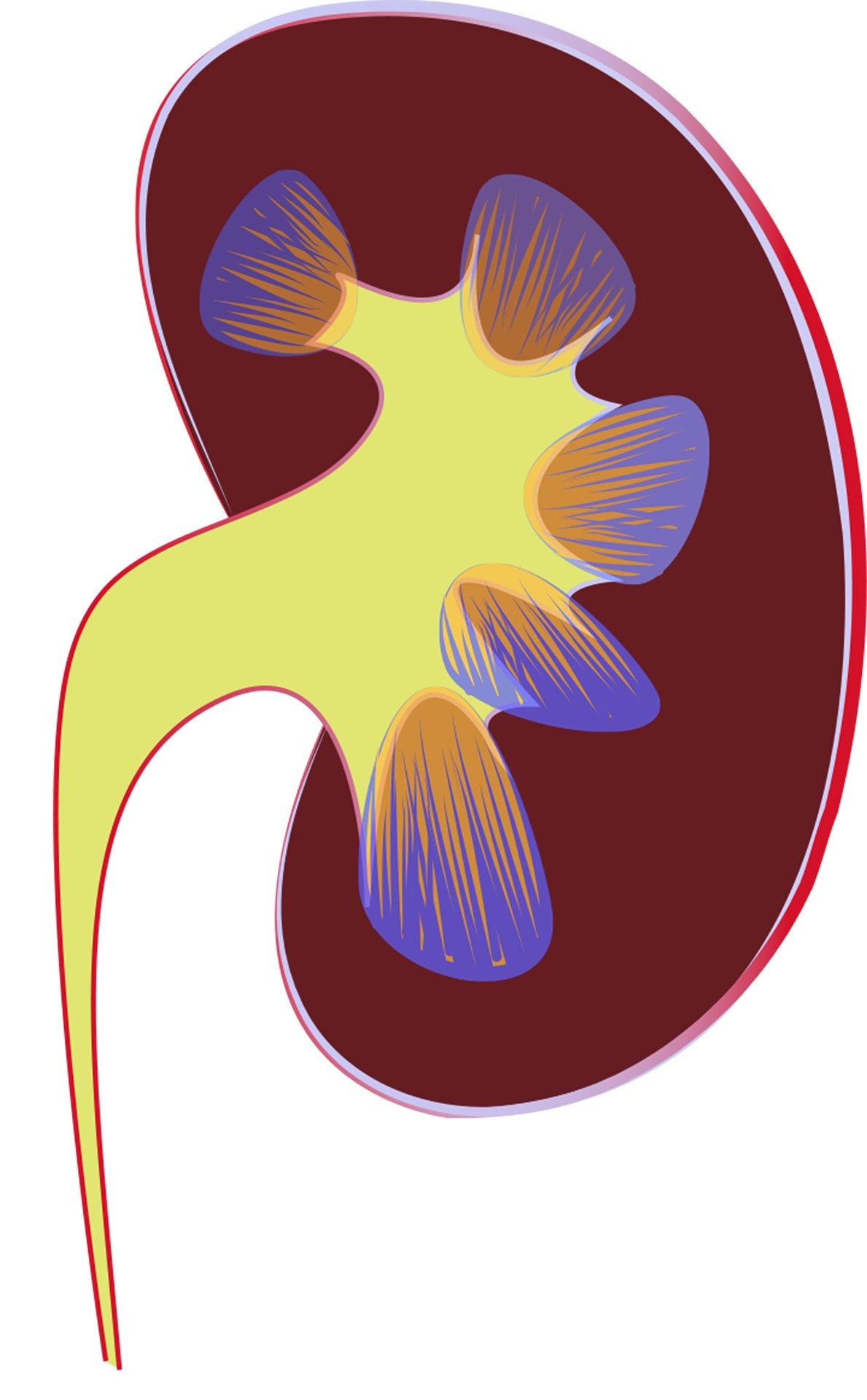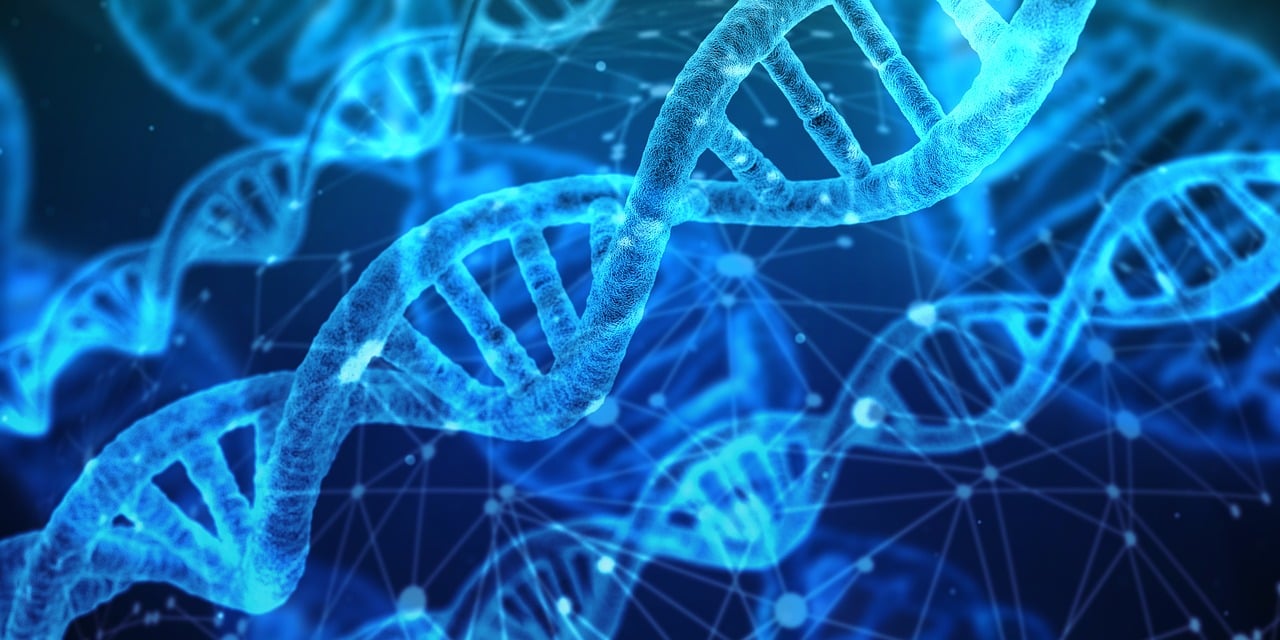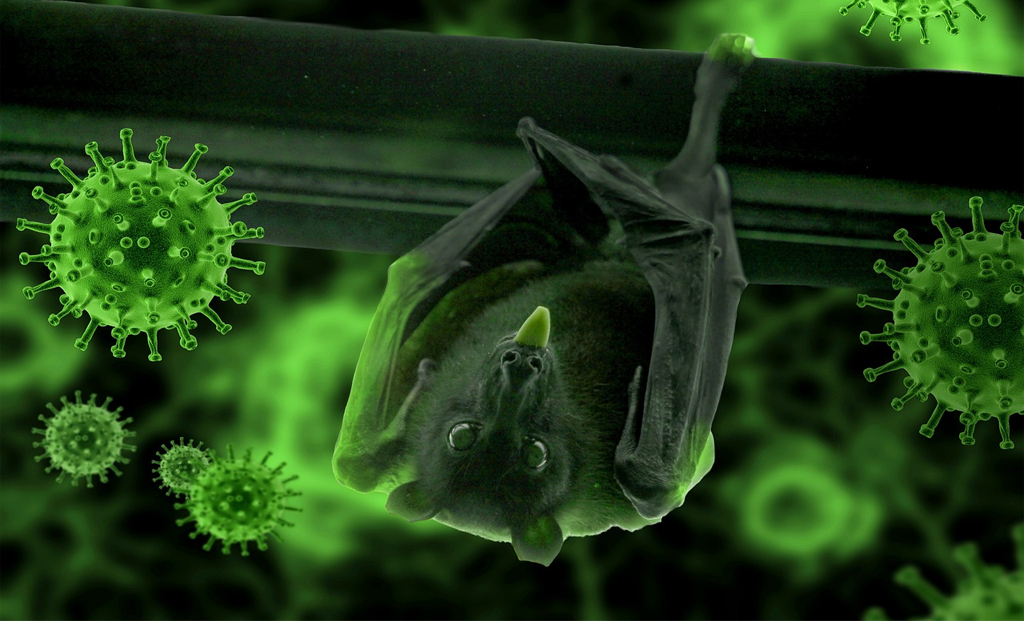
Dr Anshuman Agarwal, Senior Consultant, Urologist, Indraprastha Apollo Hospitals
Kidneys are vital organs in human body which are responsible for filtering impurities from the blood. They are often affected by stones, infection. Pain arising from kidneys can often be confused with back pain, which is also a common condition.
How to Differentiate Kidney Pain from Back Pain?
Location: Kidney pain is felt in the flank, which is the area on either side of your spine between the bottom of your ribcage and your hips. It usually occurs in one side of your body, but it can occur in both sides. It is felt higher and deeper in the body than back pain. One may feel it in the upper half of the back, not the lower part. It’s felt on one or both sides, commonly under the rib cage.
Type of pain: Kidney pain can vary from being a constant pain, which is usually in infection or obstruction, to severe in cases of stone disease. The pain typically starts from flank and comes in waves which can be intense and not relieved by rest.
Radiation: Radiation of pain from kidney can occur to the groin, inner aspect of thighs, testicles.
Severity: Kidney pain is categorised according to how bad it is – severe or mild. A kidney stone generally causes severe pain, and the pain from an infection is typically mild.
Accompanying symptoms
- fever and chills
- nausea and vomiting
- cloudy or dark urine
- an urgent need to urinate
- pain when you urinate
- blood in the urine
- small kidney stones that look like gravel in the urine
Signs that it’s Your Back
Back pain is more common than kidney pain and is mostly caused by a problem in the muscles, bones, or nerves in your back.
- Shoots down one leg
- Is more likely to be stabbing than dull and constant
- Gets worse or flares up when you do certain activities, like lifting a box or bending over
- Back pain may ease up when the person rest or lie down
- Might also be muscle aches










